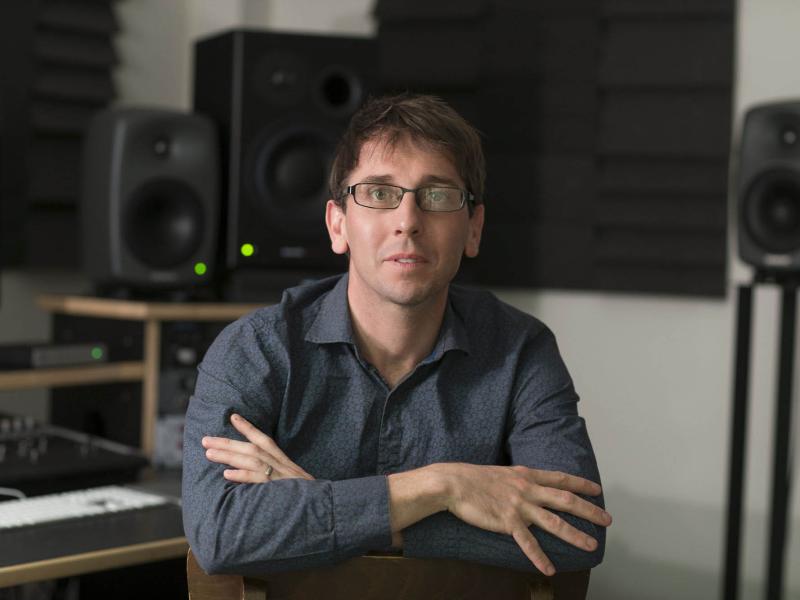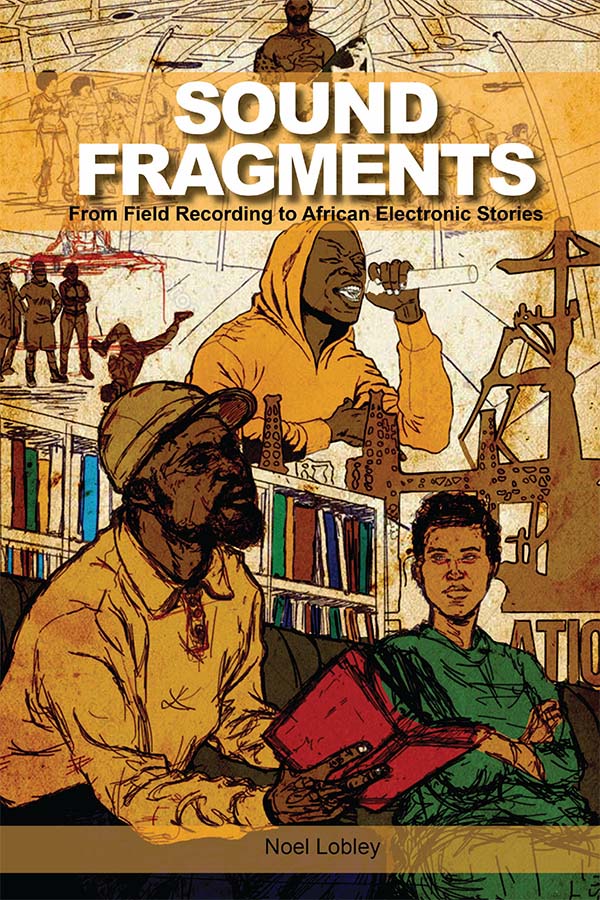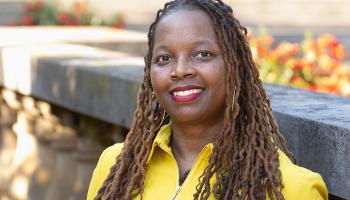A New Life for an Old Archive

In his award-winning new book on sound archives in post-Apartheid South Africa, ethnomusicologist Noel Lobley, an associate professor of music with the College and Graduate School of Arts & Sciences’ Department of Music, explores what happens when the International Library of African Music, the world’s largest colonial archive of recordings of African musicians in Africa, is reclaimed and reimagined by local artists.
Sound Fragments: From Field Recording to African Electronic Stories documents the efforts of the Xhosa community of South Africa’s Eastern Cape province as they worked to redefine their postcolonial identity, including renaming a town originally named for a British General, and how those efforts are contributing to the expansion of the idea of what sound and cultural archives could mean now and for the future.
Read an excerpt from the book one critic has described as “An inspirational journey to rescue sounds from the containments of a colonial past and place them back into the hands and hearts of the communities to whom they belong.”
From Sound Fragments: From Field Recording to African Electronic Stories
What does it mean to be a living archive? How can sound, music, and performance be curated collectively? How can they also be given life and value outside of galleries and institutional spaces? Drawing on a range of indigenous knowledge systems in South Africa, Nigeria, and beyond, historian Toyin Falola is animated by the potential reality of “ritual archives” and “pluriversalism” as a possible answer to the problems of the inequalities in intellectual knowledge production. By ritual archives he means “the conglomeration of words as well as texts, ideas, symbols, shrines, images, performances, and indeed objects that document as well as speak to those religious experiences and practices that allow us to understand the African world through various bodies of philosophies, literatures, languages, histories, and much more.” Valuable for the knowledge shaping that exists between the visible and invisible worlds, Falola insists that we “never lose sight of that dimension of archive that is never (fully) collected but retains power and agency in invisible ways,” stressing the need for indigenous researchers and “the insertion of the entire range of vernacular epistemologies into formal educational institutions.”

The name-change event at The Black Power Station shows how alternative arts spaces can lead to creative and radical new approaches to performing and curating local Xhosa culture, including the direct interrogation of formal academic knowledge production. Archival recordings from ILAM are neither fetishized nor neglected, but rather valued and broadcast as the equal of contemporary, and more popular, Xhosa hip hop, such as Emtee’s “Thank You,” a massive tune by a huge artist that celebrates ubuntu (humanity) and the love and support of a community of friends and family, where “umntu ngumntu ngabantu”— “a person is a person because of other people.” When X drops tunes such as these alongside ILAM recordings, whether in The Black Power Station, or in his car driving back to town down the dipping hills at night, people listen and forge their own connections. “Emtee, man,” volunteered Oz. “These artists have the power to influence a generation.”
Although the audience for the name-change event was predominantly Black — of perhaps a hundred people in attendance, only four where White — it had been widely advertised on local radio and Facebook, and in Grocott’s Mail, the local newspaper, and people who were known opponents to the name change had been invited to participate, although few attended. For the Xhosa artists, the turnout illustrated the ways in which space and sound are still highly segregated. How many White people listen attentively to Xhosa performance? How many would respond to Thandazile’s izibongo in the ways in which the Xhosa audience did? The Sonic Color Line—the concept Jennifer Lynn Stoever adapted via W. E. B. Du Bois — along with the limited range of the “listening ear” that demarcates racial lines, also clearly operate to reinforce racial hierarchies just as powerfully through what is not listened to. Stoever warns us against the “willful white mis-hearings and auditory imaginings of blackness” that have canonized a White male historiography of sound studies, challenging us all “to consider black artists as theorists and agents of sound, rather than solely as performers or producers.” When Thandazile praises the leader Makhanda, he changes the live performance mode from a preceding history lecture into prowling praise poetry that reaches from the roots to the roof as it physically and audibly fills the space. The already powerful and historical medium of izibongo in this instance draws even more strength by interrogating, and in the moment replacing, the authority of lectures and books that are often not primarily intended for isiXhosa speakers.








